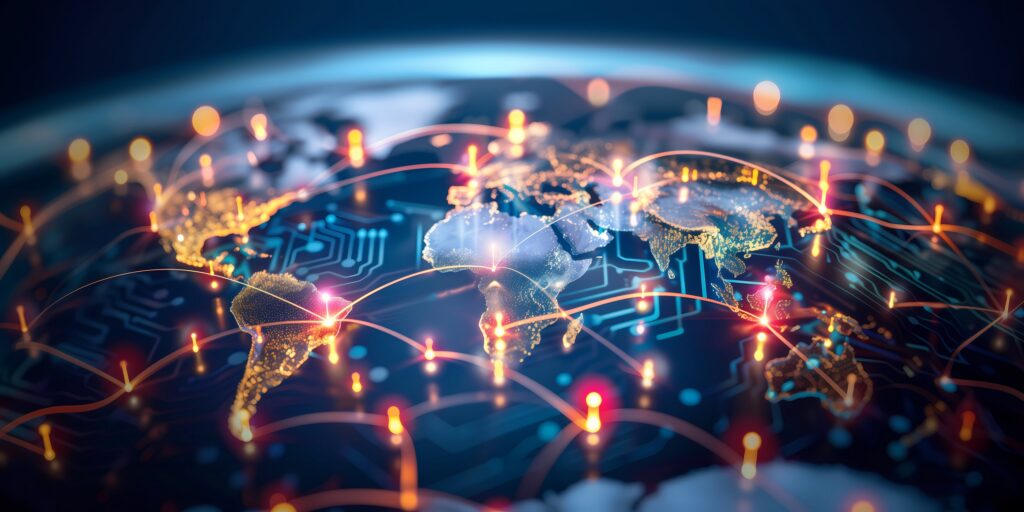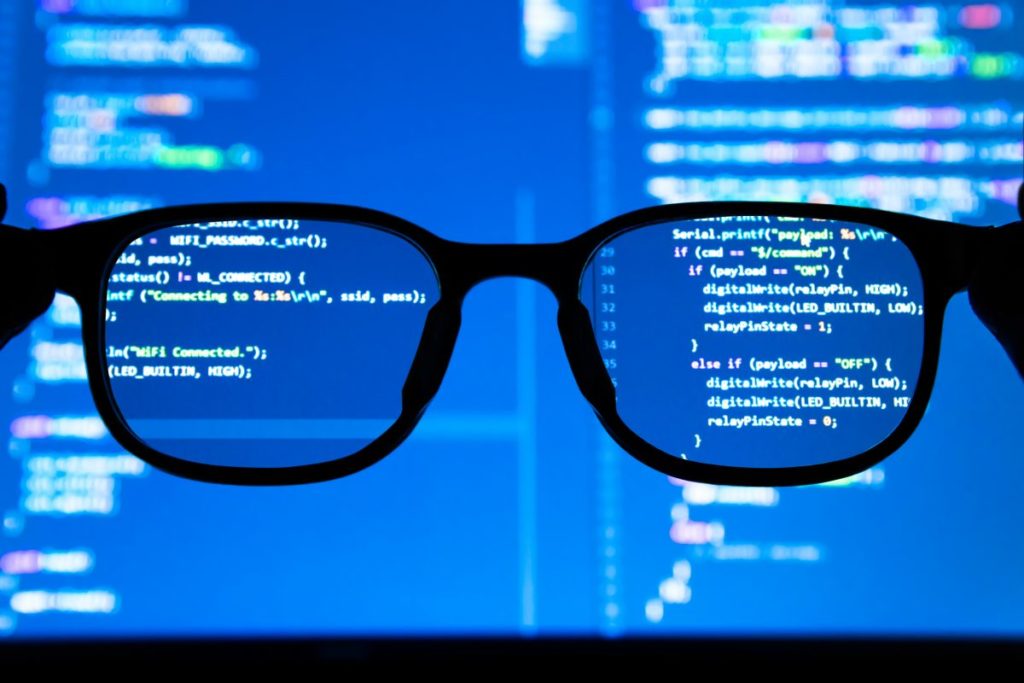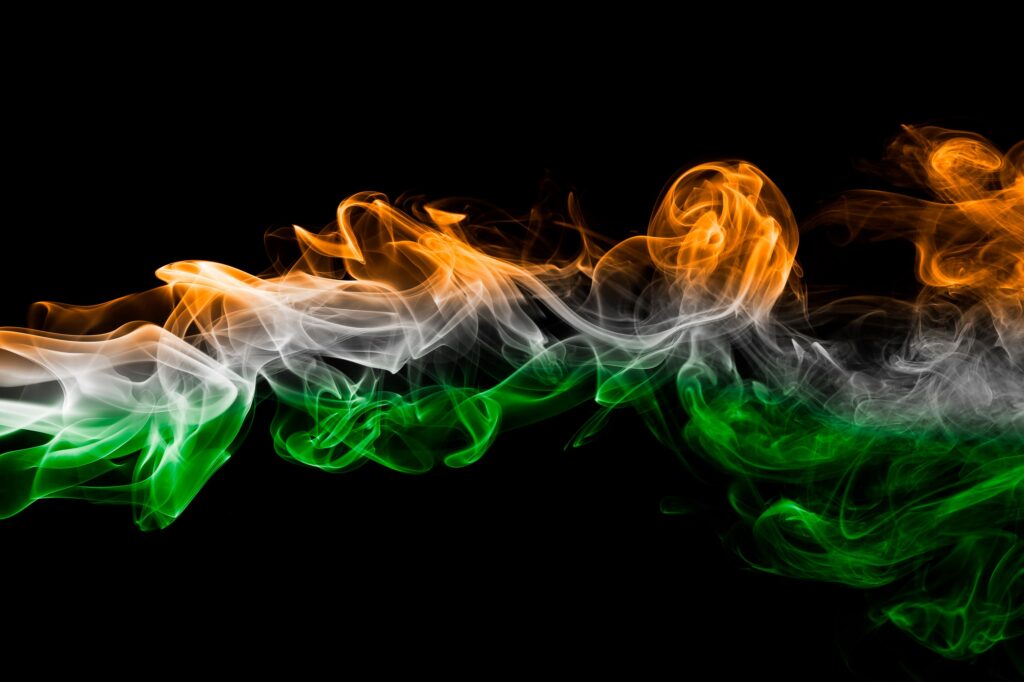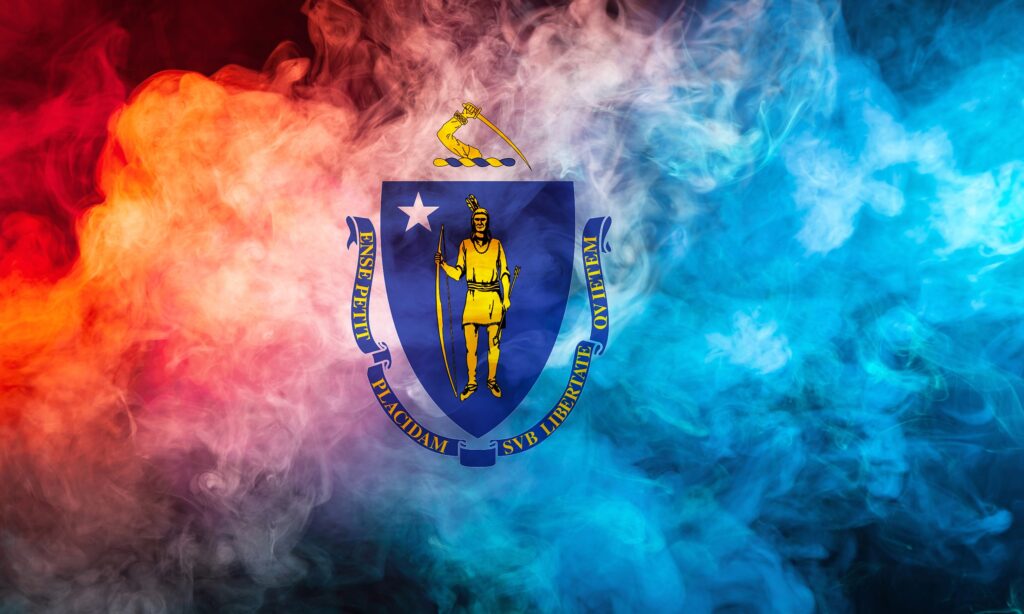R Sheet on Deep Fakes
March 5, 2019
Authors
Jeffrey Westling
Former Resident Fellow, Technology & Innovation
Charles Duan
Former Senior Fellow
Key Points
Background
The term “deep fake” refers to AI-generated audiovisual media that can convincingly resemble authentic content. Although realistic animated video has been a Hollywood mainstay for decades, the concept has attracted attention recently due to advances in AI technology that significantly simplify the ability to generate realistic representations. Specifically, “deep learning” algorithms (hence the name “deep fakes”) are designed to teach computers how to create fake videos that are virtually identical to real ones (at least to the naked eye).
Read the full study here.











